19+ Sample Detailed Letter Templates
-
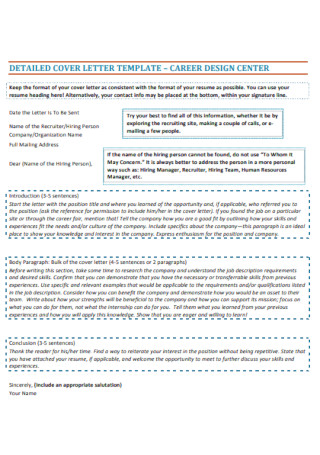
Detailed Cover Letter Template
download now -

Sample Detailed Cover Letter Format
download now -
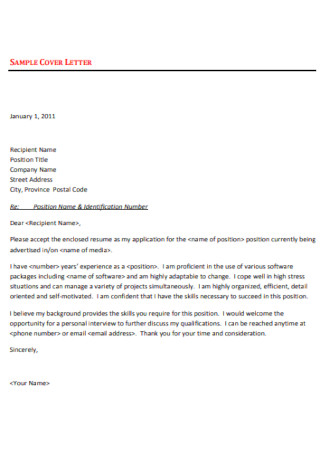
Employment Service Detailed Letter
download now -
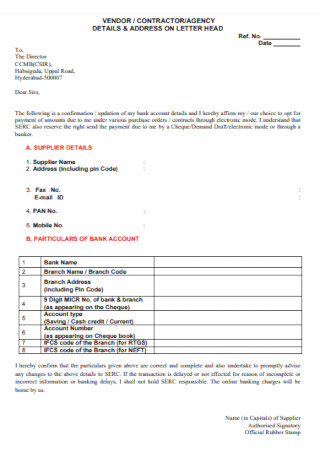
Agency Details Letter Template
download now -
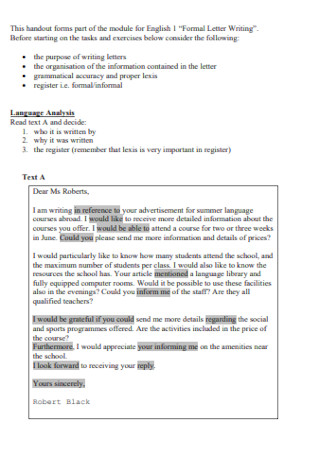
Basic Detailed Letter Template
download now -
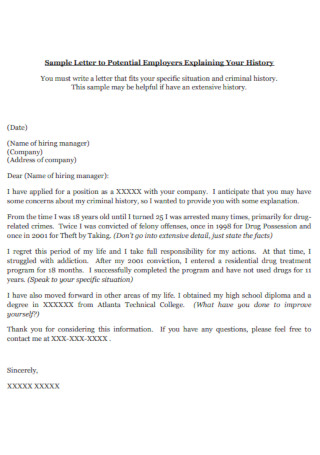
Sample Employers Detailed Letter Template
download now -

Detailed Letter of Authorization Template
download now -
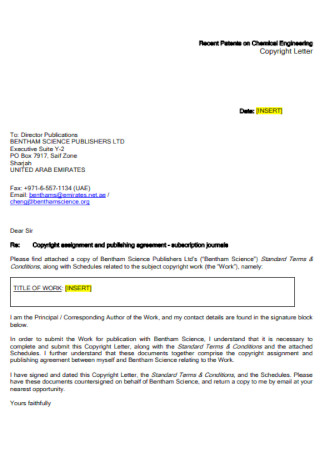
Sample Copyright Detailed Letter Template
download now -
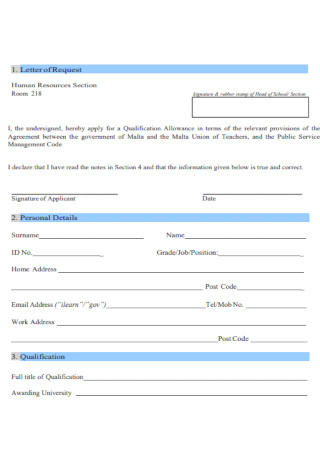
Simple Detailed Request Letter
download now -
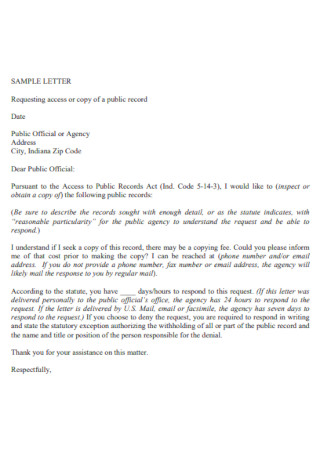
Agency Detailed Letter
download now -
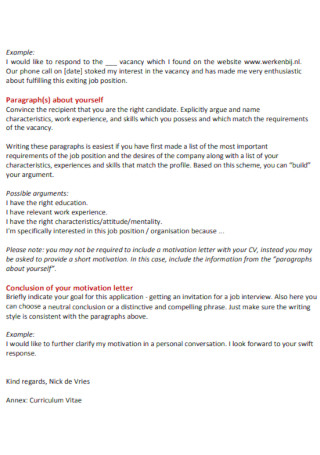
Sample Motivation Detailed Letter
download now -

Detailed Letter of Response Template
download now -
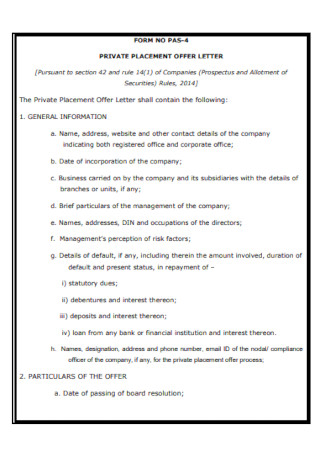
Private Placement Details Offer Letter
download now -
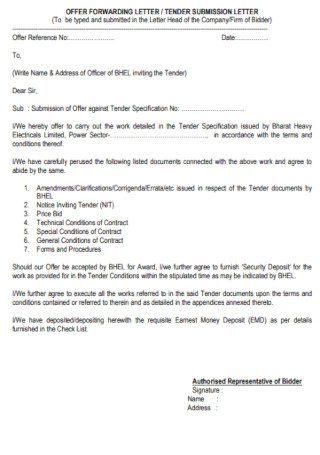
Offer Details Forwarding Letter
download now -

Marketing Manager Details Letter
download now -
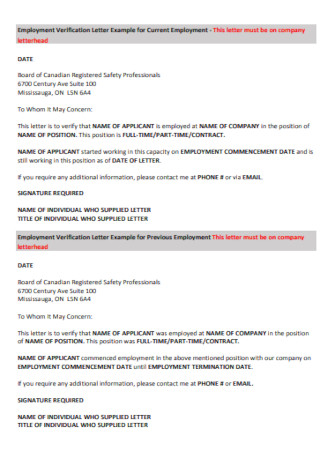
Employment Verification Details Letter
download now -
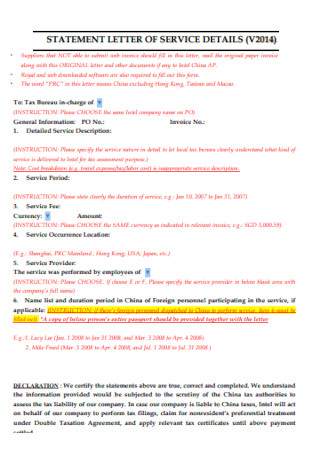
Sample Statement Letter of Service Details Template
download now -
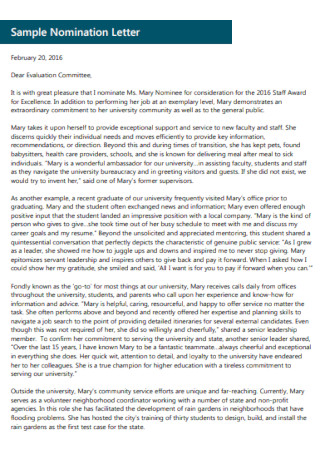
Sample Nomination Details Letter
download now -
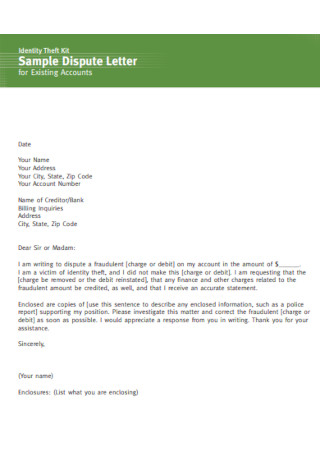
Sample Dispute Detailed Letter
download now -

Detailed Letter of Recommendation Template
download now
FREE Detailed Letter s to Download
19+ Sample Detailed Letter Templates
What Is a Detailed Letter?
What Are the Common Types of Letters?
What Is the Standard Letter Format?
How to Write a Detailed Letter
FAQs
What are detailed cover letters?
What are the three main types of letters?
How do you begin a letter?
What Is a Detailed Letter?
Everyone has at least tried to write a letter when they want to convey a message to someone in the form of writing. If you wrote it, then you are regarded as the sender. Such notes may contain anything from different numbers, figures, symbols, and every letter from the alphabet. The handwritten or printed message will eventually be sent through certain channels until it reaches your recipient. Now the question is, what makes a letter detailed? These written business documents are regarded as detailed when it contains more information aside from the gist. By detail, you can add statistics, illustrations, and extra descriptions to the document. More so, details can refer to the creative aspect of documents when you adapt calligraphy, typography, graffiti, and other elements that may add some spice to the letter rather than a dull-looking one.
The USPS business estimated processing and delivering around 472.1 million mails per day. According to Eventbrite, 91% of individuals tend to view their emails daily, which makes the email, as a medium to send a letter, more advantageous for being widespread. Meanwhile, the Daily Mail mentioned that way back in 1987, Americans averaged in receiving a personal letter every two weeks. However, things changed in 2011, wherein American households only get their personal letters at least every seven weeks.
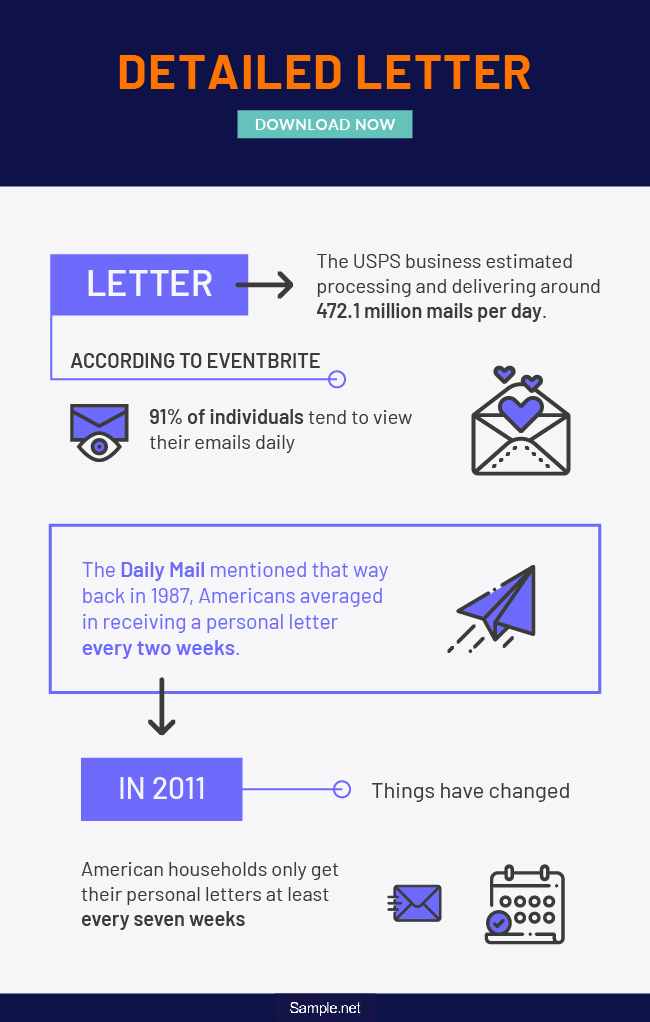
Why Are Detailed Letters Important?
Bear in mind that you are sending a message in the first place. Therefore, the goal is to make sure your recipient understands the information thoroughly. Thus, the details added will help clarify and explain further the content of the letter to ensure that receivers get the message with more comprehension. For example, you might need to announce through a confirmation letter about someone who got accepted as a sales employee. You do not just give a paper with the word ‘Yes’ on it. For clarification purposes, you state the confirmation formally with great appreciation and a sincere tone. Most importantly, you add the part about when the employee officially starts his or her job and other information to prepare the worker. With that extra information given, rest assured that the receiver has a higher chance of understanding the full message.
Letters from the Olden Times and the New Era
Writing letters has started way back in history, and one of the oldest letters came from the Persian Queen Atossa, also known as Cyrus the Great’s daughter. Her letter paved the way for literary works in the form of an epistle around 500 BC. In this period, envelopes and stamps for letters do not exist yet. History classes even mention about how a bark from a tree and plant leaves were known as instruments for writing. More so, there was a point when recipients of letters were required to pay on the printed receipt. Then, 1840 marked as the foundation where letters got stamped. And it was during Queen Victoria’s reign where the postal delivery service became known.
On July 1, 1971, the United States Postal Service (USPS) was founded. Millions of letters and parcels eventually were handled. Furthermore, sending letters became prevalent globally. Ultimately, the business estimated processing and delivering around 472.1 million mails per day. However, a quicker approach happened when Ray Tomlinson invented the email in 1972. As of today, most people even send their letters through emails rather than the conventional snail mail. What makes an email special is how it can send as many messages as possible while reaching the recipient in just a few clicks. According to Eventbrite, 91% of individuals tend to view their emails daily, which makes the email, as a medium to send a letter, more advantageous for being widespread. With that length of history for letters, no one can deny that this document made a massive impact on the world.
What Are the Common Types of Letters?
A letter’s content covers different topics and messages. The same goes for its types wherein a bunch of examples exists. It is essential to recognize these common examples and determine how they differentiate from each other. Otherwise, you might use a letter type for the wrong purpose. It may confuse readers, like when you use a resignation letter template to write a job application letter. Without further ado, here are the known types of letters:
What Is the Standard Letter Format?
Cover letters, application letters, appeal letters—you name it. You notice that there sure are a lot of examples that exist, especially from the different letter types given above. But, what is the acceptable format for standard letters? By acceptable, that refers to what most letters have in common. Knowing what is generally applicable to most letters is advantageous to obtain an easy background on how to adjust to every type of letter. The standard format consists of the following:
Contact Information
Both the sender and the recipient’s information are required. Otherwise, nobody would know from who and to whom the message is for. Thus, the name, address, and contact number are essential as those are the three fundamental factors for personal details. Furthermore, you should also add the date, so all parties are aware of when the letter got made.
Salutation
Show professionalism and courtesy when writing any letter, and the best way to do that is by adding a salutation or greeting. Just like when you meet a new employee, a greeting is necessary before talking. To greet shows respect, and that is just the kind of tone you wish to add on general letters.
Body Content
The most important part of the message is the body. At this point, the essential points of the message and the extra factors that keep everything more understandable must be present. The rule is to arrange the details in a reasonable sequence, rather than to give info from here to there without organization.
Closing Statement and Signature
A closing statement should come before placing signatures. Since you open up a topic and a message in a letter, it has to end appropriately, too. You may back away from the closing cliches of yours truly, sincerely yours, and the like for originality, though. Lastly, signatures should stay legible for identification.
How to Write a Detailed Letter
There is an article about how the world can benefit from a bit of snail mail, especially in the digital age. Indeed, emails, texts, and chatrooms make it simpler and quicker for messaging. However, handwritten letters, cards, and notes bring something unique to the table too. You may receive gratitude from the effort given while making it. Who knows? Maybe you have not written a letter for quite some time that you struggle with your penmanship and creativity with words. Start practicing your letter writing skills by taking it slowly but surely, like a snail mail. Whether you plan to print or handwrite your letter, you put some effort by ensuring it is a detailed one. Here are a few tips to make it happen:
1. Plan the Overall Structure
Before writing anything, planning is vital. Start by structuring how you wish to present your letter. From our array of detailed letter templates, you can receive some inspiration on how structuring works. Templates already guide you with the format, arrangement, and possible content that you can freely edit. Maybe your letter needs more designs by incorporating colors, calligraphy, and others. Also, you decide the format for the font size and style. Will the letter be on a single page or more? Finalize that so you can proceed in writing a draft.
2. Adjust Your Tone
Start drafting the message you wish to convey to the recipient. However, you should not forget to mind your tone. Remember that two main factors can affect your tone, and these are the receiver and the letter’s purpose. When you write a business letter for a company, the audience will be from business people. Thus, you keep your tone professional. On another note, you can make your tone fun and humorous if the reader is a close friend you miss or if you are about to tell something funny.
3. Take Your Time
In snail mails, processes take slowly, but that is also what makes it unique, according to the New York Times. In writing your letter (whether it’s a love letter or a sales letter), take as much time as you can get to perfect your message and ensure it contains the details needed. To handwrite is optional, but it also shows effort. Writing takes time, and if you wrote it legibly, it shows that you were not merely hurrying up. Thus, it often is appreciated than printed ones.
4. Never Forget to Bring the Gist
Even though you have plenty of additional information and background details to color the whole picture of your letter, you better not forget to judge its substance as well. Maybe you failed to identify the background of your manager as the receiver or forgot to place your name as the sender. The same goes for missing the main point of your message. Sometimes having too many flowery words and other details cannot help when you have not stated your point yet.
5. Think as If You Are the Receiver
The best way to determine if the receiver understands your letter or not is by assuming you are in their shoes. As the reader, do you think the message was delivered and explained? Similar to the tone adjustment mentioned earlier, you recognize the receiver’s age, personality, and other factors that help you know him or her better. If things were barely understood and clarified, then it would be necessary to make changes.
FAQs
What are detailed cover letters?
Detailed cover letters refer to the official documents sent for employment. This letter often comes along with the resume and documents proving one’s experiences or skills. What makes the document detailed is the background, which proves why one is qualified for applying.
What are the three main types of letters?
The main letter types are formal, informal, and semi-formal. A formal letter requires politeness and a set of rules while writing it. Contrarily, an informal letter may or may not follow any rule. On the other hand, semi-formal letters are neutral or a mixture of both formal and informal types.
How do you begin a letter?
A personal letter generally starts with a salutation or saying ‘Dear’ followed by the receiver’s name. However, business letters should only use ‘Dear’ if the sender is close to the receiver for formality.
Way back in 1987, Americans averaged in receiving a personal letter every two weeks. However, things changed in 2011, wherein American households only get their personal letters at least every seven weeks. You can blame the internet for having caused such a change in the information age. With emails, people least likely use personal letters in sending. How else can individuals feel that passion, nostalgia, and other emotions from a letter again like in the olden times? This reason is why you aim to keep letters detailed. Even if a letter is not handwritten, you can still bring more feelings and content to your message with extra detail. Writers and artists are not the only ones allowed to write anyway. Start putting effort into writing until you achieve your detailed letter.
